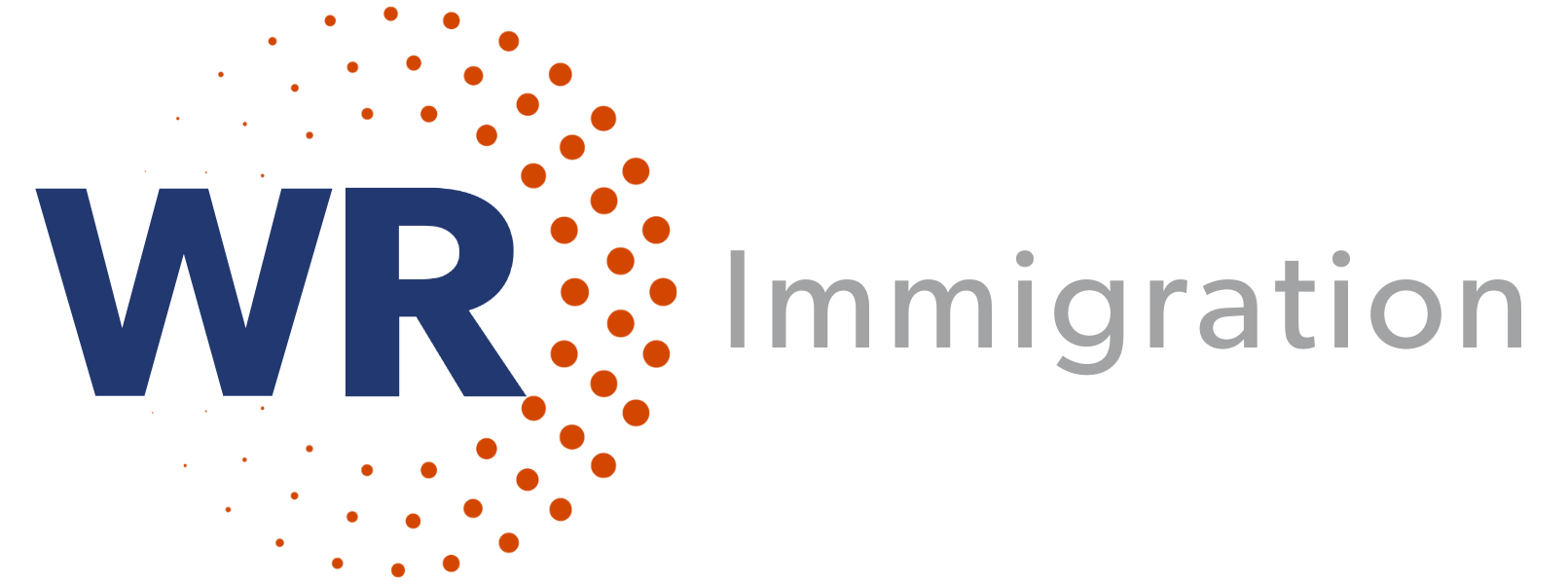Human resources professionals have their hands full managing the needs of their workforce, including helping employees through the work visa process. Foreign talent is a critical component for U.S. companies, especially those driving innovation in sectors that rely on a highly skilled and creative workforce. Since there are considerable gaps in expertise, particularly in STEM fields, companies need to source and deploy a diverse range of talent. This can only be accomplished if HR has a firm grasp on immigration policies and visa processing in today’s changing climate.
HR teams that operate across borders are faced with common challenges as they manage recruiting, onboarding, and maintaining visa status for employees:
Pain Point 1: Navigating Changing U.S. Policies
A constant challenge for HR departments is keeping up with ever-evolving immigration policies. In the U.S., the president has considerable influence over immigration policy through executive orders and internal memos – as we’ve seen demonstrated to extreme effect in recent years. Going forward, rules may remain in place, but how U.S. Citizenship and Immigration Services (USCIS) and other federal agencies implement these policies will likely change. Litigation also often pauses or calls into question specific policies, which causes friction in their widespread implementation.
This requires HR professionals to stay on top of developments as part of their role. They must continually monitor regulatory changes, while communicating and translating the policies and potential hurdles in order to support employees and maintain an efficient, transparent case management process.
Pain Point 2: Heavy Reliance on H1-B Visas
The most well-known visa used to bring foreign employees to the U.S. is the H1-B visa. Unfortunately, U.S. politics heavily influence how this visa functions. The U.S. maintains a cap of 85,000 H1-B visas that are awarded annually via a lottery-based system.
Different administrations can make the process more challenging. For example, the Trump administration continuously denied more H1-B visas than usual each year. The National Foundation for American Policy reported that the denial rate for new H1-B visa petitions rose from 6% in FY 2015 to 21% through the third quarter of FY 2020. This denial rate peaked in FY 2018 at 24%.
It remains to be seen how the Biden administration will influence the H1-B denial rate, but in the early days of his presidency, President Biden has made immigration reform a top priority.
A possible path to reduce reliance on H1-B visas is to thoroughly understand other visa types and when to utilize them. For instance, an O-1 visa is a merit-based visa for workers with extraordinary abilities who are recognized within their field. TN visas can be used for professionals from Canada and Mexico in designated occupations, and companies can use E-3 visas for professionals in specialty occupations from Australia.
Companies willing to recruit students and recent graduates have additional options. Under an F-1 visa, international students who attend or have graduated from an accredited U.S. institution can obtain a visa for Optional Practical Training. Young professionals can work for up to 12 months in their field, with extensions up to 24 months for those with degrees in STEM fields. The J-1 visa lets employers place foreign workers in various roles like interns, trainees, research assistants, teachers, professors, scholars, au pairs, and camp counselors.
Pain Point 3: Offering an Efficient, Transparent, and Compassionate Process for Employees
HR professionals strive to create and maintain a transparent process for foreign employees who rely on visas to come to the U.S. They want nothing more than to provide clear, accurate information and timely reminders through a secure, digital platform.
However, there’s nothing easy about building an efficient system when considering the nation’s complex immigration policies and extended visa application process. HR teams need to standardize their process to maintain efficiency and transparency throughout all steps and among all parties. This system also needs to allow for flexibility and a personal touch to enhance communications. Employees expect to connect with their HR contact directly, irrespective of time zone differences and immigration policies that are specific to their remote working location around the world.
Our team partners with HR professionals to help navigate the changing climate in immigration policy. As companies expand to bring on global talent, we provide high-touch support across the world bringing together an award-winning legal team with WRapidTM, our innovative immigration platform.
If you have questions about visas and foreign talent, please contact us.


